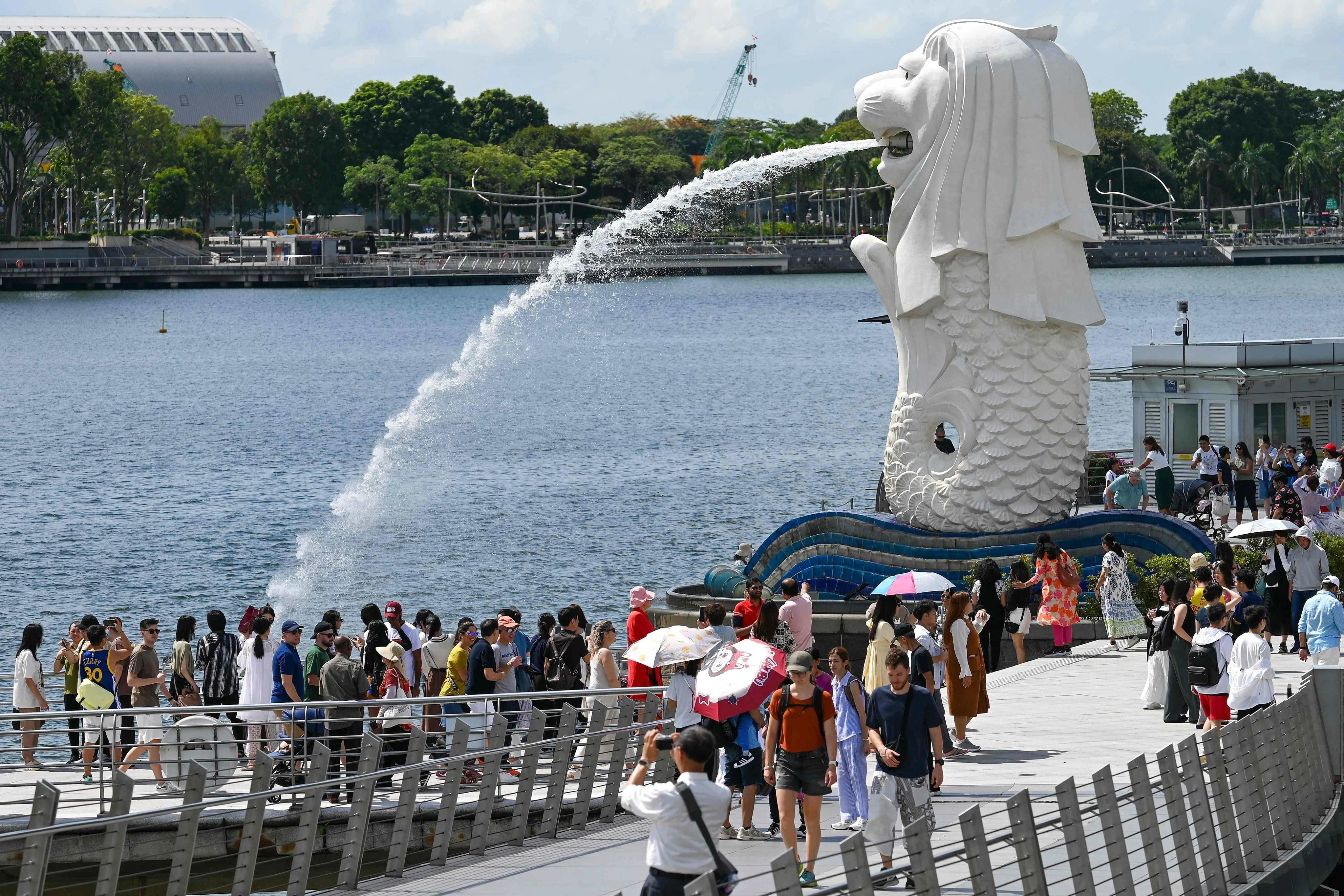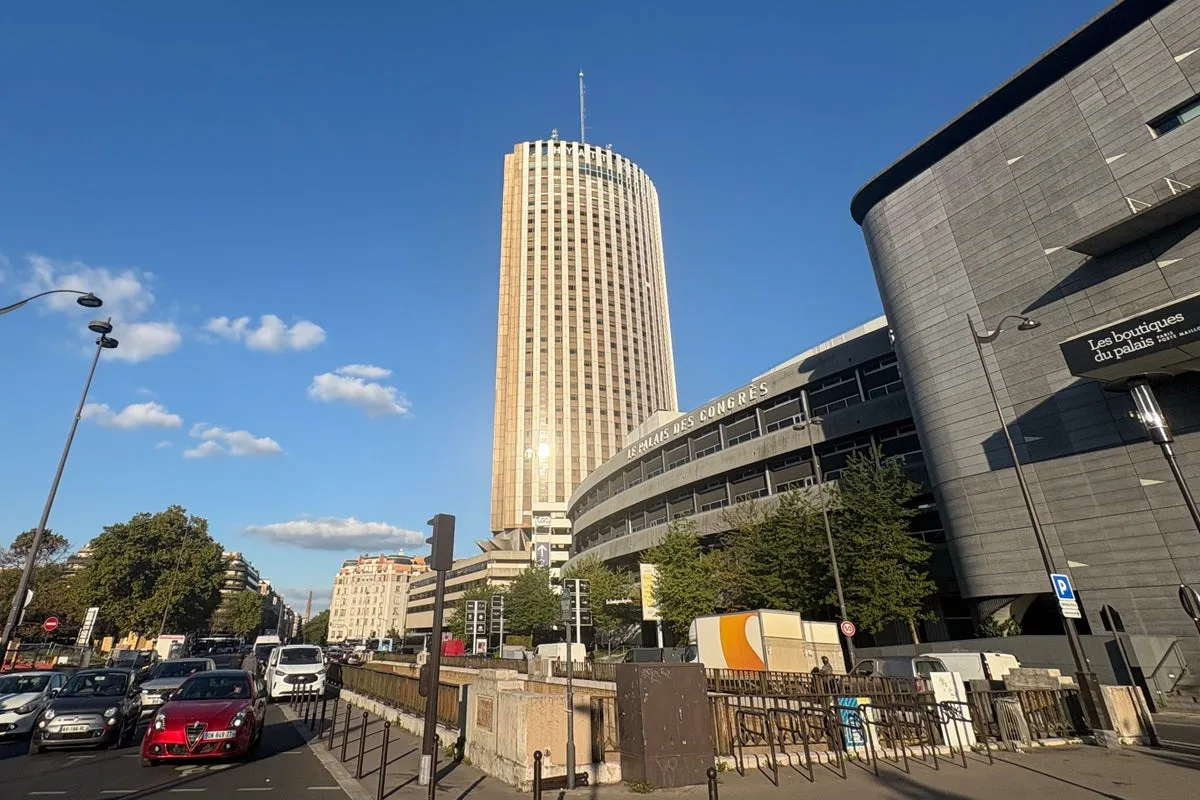By Jean Iau
Copyright scmp

With Singapore’s population at a high of more than 6.1 million, fuelled by foreign worker influx, more assurance should be given to locals on public infrastructure integrity and that they will remain the core of the labour market, according to analysts.
On Monday, the National Population and Talent Division released its annual report stating that the city state’s population grew by 1.2 per cent in the past year to 6.11 million as of June, with the increase driven by growth in the non-resident population.
This segment includes foreign domestic workers and those in the construction, marine shipyard and process sectors.
The report said that as of June 2025, Singapore had 3.66 million citizens, a slight increase from 3.64 million a year ago. The number of permanent residents remained unchanged at 0.54 million.
Immigration has long been a hot-button topic amid a declining birth rate and rapidly ageing population in the densely populated city state, which has a land area of about 735 sq km.
According to Mathew Mathews, head of the Institute of Policy Studies Social Lab, overcrowding narratives gain traction when a population surges primarily through immigration, coupled with the sense that “locals are being squeezed” to benefit newcomers or with economic goals skewed to the rich.
He stressed good urban planning and administrative frameworks that prevented discrimination against locals were required.
“It is also important to ensure newcomers to society understand what’s important in the local space, and try to integrate into the new space – this will require some level of training, to minimise discomfort,” Matthews said.
The Ministry of Manpower is running a voluntary pilot cultural orientation programme for work pass holders that covers living in Singapore, appreciating local culture and creating positive interactions with the community. After the pilot ends this year, the ministry will consider including the programme as part of the work pass application process.
On new citizens and permanent residents, the latest report said Singapore took in a “carefully controlled number” each year. “We are careful to grant citizenships and PRs to individuals who can contribute to Singapore, integrate well, and are committed to making Singapore their home.”
Online users were quick to criticise the figures, with one user writing: “What concerns me is that most of the increase comes from the non-resident population, which dilutes the citizen base and risks further eroding local culture.”
Several users alluded to the 2013 Population White Paper that drew concern after it projected Singapore’s population could range from 6.5 million to 6.9 million by 2030 due to the declining birth rate and an ageing population.
While then prime minister Lee Hsien Loong stressed he expected the population in 2030 to be significantly below 6.9 million, he said 6 million would not be enough. The city state crossed the 6 million threshold in 2024.
Following the debate in parliament, some 4,000 Singaporeans protested against the paper at the Speakers’ Corner in Hong Lim Park, the sole legal site for protests in the country, airing concerns of overcrowding, overburdening public services, increased competition for jobs and mounting cost of living.
Sociologist Tan Ern Ser attributed the negative responses over the latest data to anxiety arising from actual or perceived competition and disruptions to residents’ preferred lifestyles that a significant inflow of immigrants, rather than foreigners in general, could bring to Singapore’s shores.
“Such reactions could produce social tension and activate prejudices and discriminatory actions against the immigrants and foreigners in our midst,” he said.
To overcome these challenges, Tan stressed the government needed to ensure that public infrastructure, amenities, spaces, jobs and social services could cater to the increased numbers and demographics.
“More importantly, it entails that citizens feel they can trust and have confidence in the government’s immigration policy and action to deliver benefits to citizens and hope for the future,” he said.
Prime Minister Lawrence Wong in his National Day Rally last month stressed that jobs were a priority for his government amid geopolitical uncertainty and technological disruptions. “I assure you: even as we embrace AI and technology, we will not lose sight of our key priority. Singaporeans will always be at the centre of everything we do.”
On the cultural aspect, Tan stressed that this dimension was neither static nor a zero-sum game.
“Rather than dilution, the diversity could add to, rather than subtract from the Singapore culture,” said Tan, using Singapore’s food culture which has prevailed and been celebrated despite the influx of Korean, Japanese, Italian, Thai and Chinese cuisines.
Mathews, meanwhile, noted that non-residents were largely temporary and would return to their home countries after meeting labour needs. “Their presence doesn’t change the national culture and identity substantially, as long as local civic norms are well promoted.”
Leong Chan-Hoong, senior fellow and head of the social cohesion research programme at the S. Rajaratnam School of International Studies, said the increase in population, especially the non-resident component, was not unexpected as Singapore aged rapidly and the economy required and attracted migrant workers.
He noted that the rate of acculturation had been relatively constant over the years, with about 35,000 permanent residents and 25,000 new citizens annually.
“Moving forward, the challenge to social integration and cohesion will centre on how we can forge robust societal norms that govern social behaviours, and what is the social compact the Singaporeans and non-residents alike can expect,” said Leong, listing Gulf states such as the United Arab Emirates, with a large migrant worker population, as an example.
“The key to reassuring that Singaporeans remain the core of the workforce is knowing what the larger strategy or end game is where the migrant worker population is concerned. This is perhaps the national conversation that we should have.”



